Under the hood of your car, per se, is a vital part that may appear as a tumble and fumble of wirings, metal parts, and tubes. But, the engine actually makes your vehicle run. By converting diesel into energy that makes every mechanical part function, this makes your drive as smooth as possible.
With regards to this matter, we will identify the varied engine types available in the market now and determine its differences and similarities.
I. Name basic car engine types
Looking at the overall layout of the engine and the cylinders attached to it, you can identify which type your car has.
1. V Engine
Commonly referred to as VEE, upon looking at the alignment of pistons and cylinders, you’ll notice how it is arranged similar to the shape of letter V. Each cylinder is facing outwards and is installed in one crankshaft only.
This type of engine is common to high-performance and luxury cars as it highlights the performance aspect most motorists would look for in a vehicle. At the same time, this layout allows a car owner to squeeze in additional cylinders.
When you compare it with other engines, it is most noticeable for its compact and powerful design and performance.
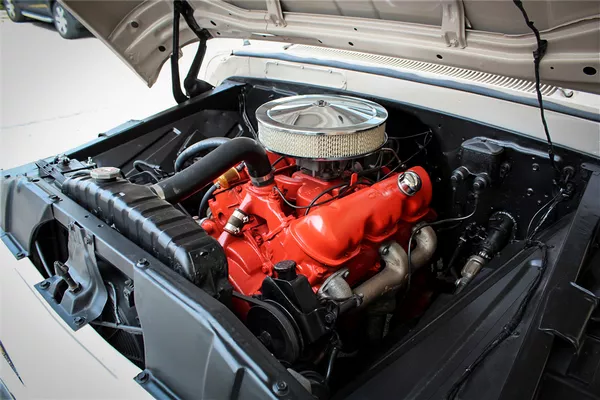
V engine highlights the performance aspect most motorists would look for in a vehicle
2. Inline Engine
The next engine classification is inline type. This is commonly installed in small cars or cars that have a hatchback design. Inline engines have four cylinders lined up in a straight line and are mounted on a single crankshaft. The cylinders are facing an upward direction that is ideal for economy cars that offer mediocre performance.
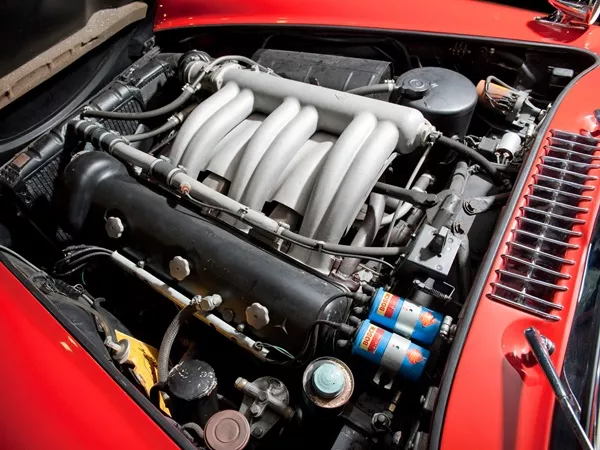
Inline engines have four cylinders lined up in a straight line and are mounted on a single crankshaft
3. Straight Type
This engine type comes with 4-cylinder, 6-cylinder or 8-cylinder configuration. All of the cylinders are placed in one row with the crankshaft and aligned in one position. This engine placement aims to eliminate balance issues.
What this engine offers is an excellent torque that is ideal for working-type vehicles and trucks. Older Jeep models and BMW M4 contains this engine classification.

Straight engine type comes with 4-cylinder, 6-cylinder or 8-cylinder configuration
>>> Read more: 10 most popular car engine parts that you should know.
4. W and VR Engines
Pioneered by the Volkswagen Company, it is similar to what V engines offer. Both W and VR engines have a noticeable narrow space between the cylinders and the crankshaft. In this regard, it may appear as if the cylinders are all mashed up in one massive block.
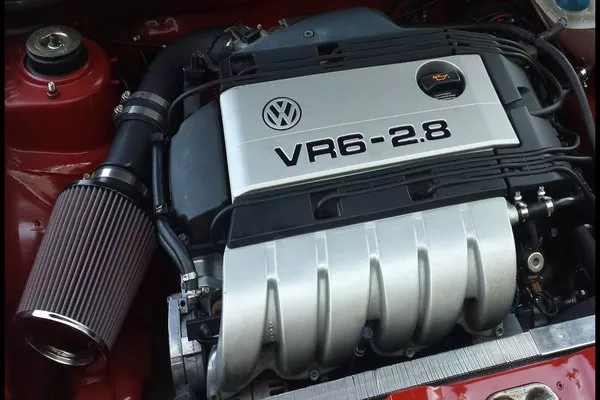
Both W and VR engines have a noticeable narrow space between the cylinders and the crankshaft
W-type engines are named after the arrangement of four cylinders that signifies the letter W. Apart from other engines that only have one crankshaft, some W-type engines have more than one. With such configuration, this engine works best for heavy-duty vehicles and those motorists that aim for high-performance in their cars.
VR engines, on the other hand, looks similar to a V-type engine but they are placed at a narrow-angle wherein two heads is enough to cover two banks of cylinders.
5. Boxer Engine
Otherwise known as the flat, the placement of the cylinders are horizontal with their heads facing away from each other. The cylinders are mounted on the side of the cylinder banks.
What benefit will your vehicle gain from this engine placement? Better handling, of course. Handling is the ability or the responsiveness of the car towards a driver’s input or manner of steering. The high-end vehicles of Porsche usually come with this engine layout.
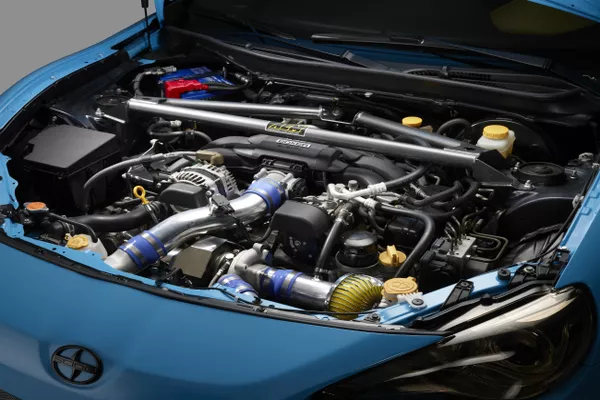
The Boxer engine is also known as the flat, the placement of the cylinders
II. 4 tips for diagnosing failing engines
Among the many skills one motorist should have, the ability to diagnose an engine that is suffering from start-up problems is a must-have. You can be late from work or an appointment but being able to identify the problem on 4 critical parts of the engine can save you money and the fuss. Here’s what you need to do if your engine won’t start.
Tip #1: Check for sparks
The first step in engine diagnosing is checking for sparks. You need to insert a spark plug in a boot and place the metal thread on the metal surface of the engine.
Have someone attempt to start the engine, and you need to observe for sparks as a result of the reaction. If there is none, it is safe to assume that there is an issue with the electrical aspect of the engine.
Tip #2: Fuel inspection
If the sparks are there but the engine won’t start, move on to another critical point. It is the fuel delivery system. With the help of a friend of a family member, continue cranking the engine and spray a minimal amount of starter fluid over the throttle body.
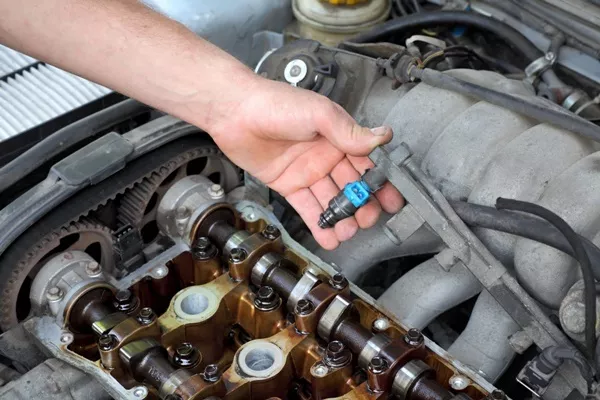
Check the fuel delivery system if the sparks are there but the engine won’t start
If a portion fires up, then it is time to check any of these parts: clogged injector, fuel pressure regulator, fuel pump and a blocked fuel filter. It is also essential to check for a fuel leak.
Tip #3: Evaluate air components
When parts related to a car's fuel or electricity is not an issue, it’s now time to evaluate air parts. Take the time to notice if your air inlets, air ducting and filter is functioning as it should be.
Airflow must pass thoroughly, without any signs of debris and blockage. If you can pinpoint the problem in the mentioned aspects, it's time to move on to another crucial element.
>>> Check out 4 hacks on how to find car air conditioner leaks.
Tips #4: Have compression test
A compression tester is used to determine mechanical issues. Low compression is an indicator that parts that are subject to wear and tear might be damaged to the point of being unable to function.
Cylinder walls, piston rings, camshaft lobes, and a broken timing chain can affect your engine’s efficiency. These are the most common mechanical issues one may encounter during the process.
One vital factor in choosing a car is the engine. It powers the vehicle and determining your lifestyle lets you choose which engine is viable for your driving needs. Aside from this information, the basic knowledge of troubleshooting common issues such as an engine that wouldn’t start is a strict requirement before owning a vehicle.
Looking for this kind of information online? Refer to our tips and advice for you and your car.
Recent posts
- Shoud drivers opt for it: The Pros and Cons of turbocharging & Supercharging car engines Dec 04, 2020
- What are the pros and cons of small displacement engine? Mar 19, 2019
- Can ECU remapping damage your car's engine? Nov 30, 2022
- 5 simple tips to maximum your car engine's performance Aug 16, 2022
- 7 components to tune up car engine for maximum horsepower & torque Dec 15, 2020












